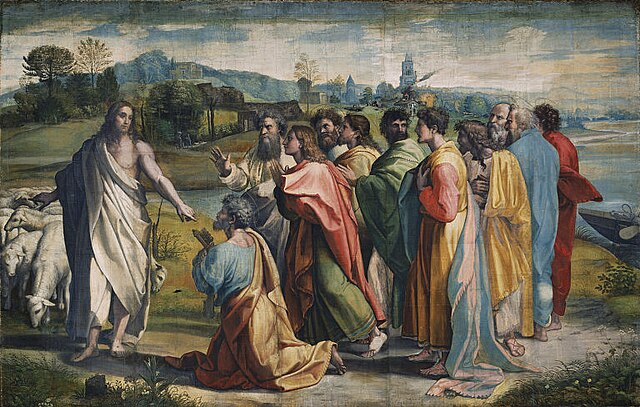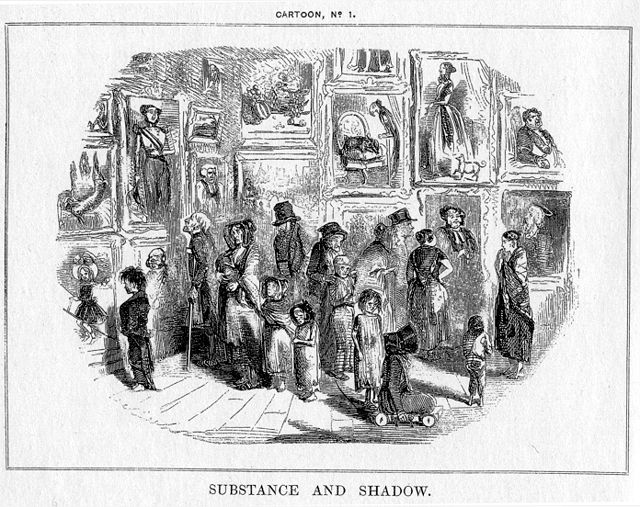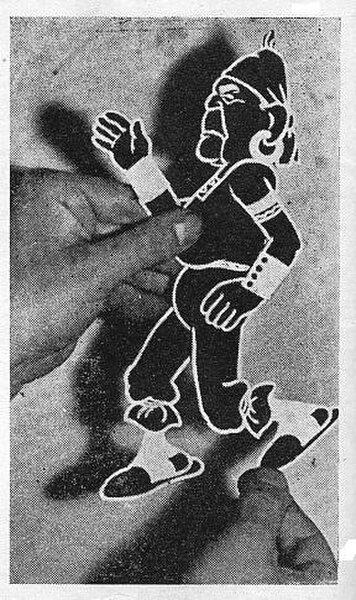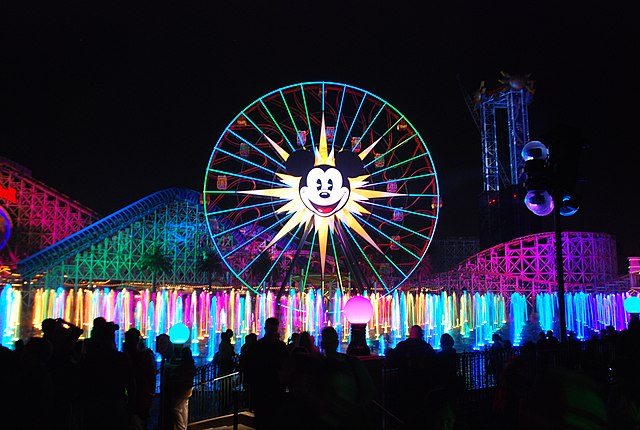A cartoon is a type of visual art that is typically drawn, frequently animated, in an unrealistic or semi-realistic style. The specific meaning has evolved, but the modern usage usually refers to either: an image or series of images intended for satire, caricature, or humor; or a motion picture that relies on a sequence of illustrations for its animation. Someone who creates cartoons in the first sense is called a cartoonist, and in the second sense they are usually called an animator.
Christ's Charge to Peter, one of the Raphael Cartoons, c. 1516, a full-size cartoon design for a tapestry
John Leech, Substance and Shadow (1843), published as Cartoon, No. 1 in Punch, the first use of the word cartoon to refer to a satirical drawing
Nast depicts the Tweed Ring: "Who stole the people's money?" / "'Twas him."
Animation is a filmmaking technique by which still images are manipulated to create moving images. In traditional animation, images are drawn or painted by hand on transparent celluloid sheets (cels) to be photographed and exhibited on film. Animation has been recognized as an artistic medium, specifically within the entertainment industry. Many animations are computer animations made with computer-generated imagery (CGI). Stop motion animation, in particular claymation, has continued to exist alongside these other forms.
Italian-Argentine cartoonist Quirino Cristiani showing the cut and articulated figure of his satirical character El Peludo (based on President Yrigoyen) patented in 1916 for the realization of his films, including the world's first animated feature film El Apóstol
A clay animation scene from a Finnish television commercial
World of Color hydrotechnics at Disney California Adventure creates the illusion of motion using 1,200 fountains with high-definition projections on mist screens.






